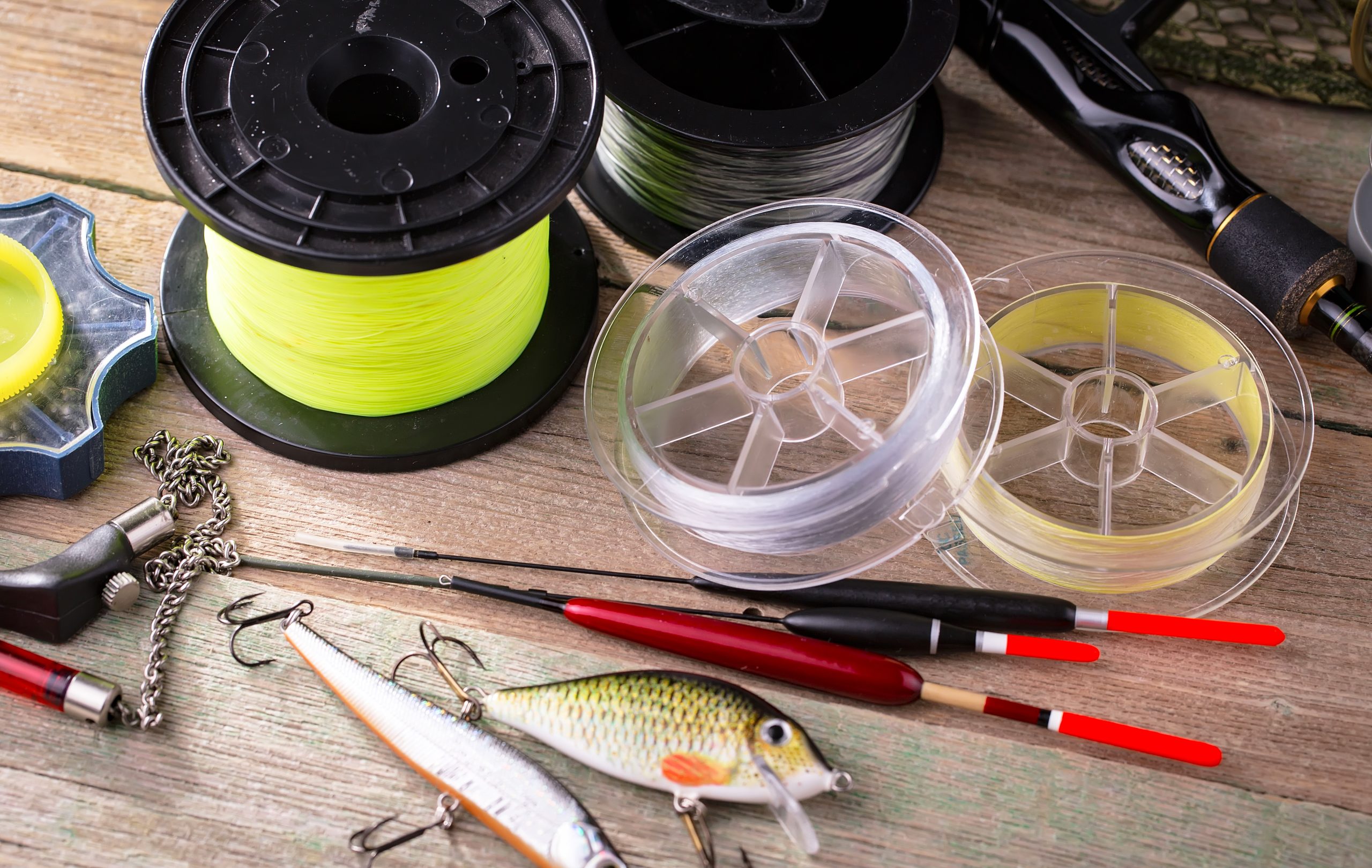Choosing the right fishing line is crucial for a successful fishing experience. Each type of line—monofilament, braid, and fluorocarbon—has its own characteristics, advantages, and ideal use cases. Let’s dive into the specifics of each type and understand when to use them.
Monofilament Fishing Line
Characteristics:
- Composition: Made from a single strand of nylon or other polymers.
- Flexibility: Offers good flexibility, making it easier to handle and tie knots.
- Visibility: Generally more visible in the water compared to other lines.
- Buoyancy: Tends to float or have neutral buoyancy.
Advantages:
- Cost-Effective: Monofilament is usually the least expensive option.
- Versatility: Suitable for a wide range of fishing techniques and conditions.
- Shock Absorption: Provides good stretch, which can absorb the shock of a hard-fighting fish.
When to Use:
- Topwater Fishing: Its buoyancy makes it ideal for topwater lures and baits.
- Beginners: Easy to handle and less likely to tangle, making it great for novice anglers.
- Clear Water Conditions: Use a light-colored or clear monofilament for less visibility in clear water.
Braided Fishing Line
Characteristics:
- Composition: Made from multiple strands of synthetic fibers like Spectra or Dyneema.
- Strength: Known for its high tensile strength relative to its diameter.
- Visibility: Highly visible in the water, which can be a drawback in clear conditions.
- Buoyancy: Typically floats or has neutral buoyancy.
Advantages:
- Sensitivity: Low stretch provides excellent sensitivity for detecting bites.
- Durability: Resistant to abrasion and lasts longer than other types.
- Thin Diameter: Allows for longer casting distances and higher line capacity on reels.
When to Use:
- Heavy Cover: Ideal for fishing in heavy vegetation, rocks, or other abrasive structures.
- Deep Water Fishing: Its sensitivity and strength are perfect for deep water where you need to feel subtle bites.
- Saltwater Fishing: The line’s durability and strength make it suitable for saltwater conditions.
Fluorocarbon Fishing Line
Characteristics:
- Composition: Made from a single strand of polyvinylidene fluoride.
- Invisibility: Almost invisible underwater due to its refractive index similar to water.
- Density: Sinks faster than monofilament due to higher density.
Advantages:
- Low Visibility: Excellent for clear water and finicky fish.
- Sensitivity: Slightly less stretch than monofilament, providing better sensitivity.
- Abrasion Resistance: Good resistance to abrasion, making it suitable for rocky or rough conditions.
When to Use:
- Clear Water Fishing: Ideal for clear water conditions where fish are easily spooked.
- Bottom Fishing: Its sinking properties make it perfect for bottom fishing and deep water applications.
- Leader Material: Often used as leader material in combination with braided lines for its low visibility.
Conclusion
Each type of fishing line—monofilament, braid, and fluorocarbon—serves a distinct purpose and excels in different fishing scenarios. By understanding their characteristics and benefits, you can make an informed decision on which line to use for your specific fishing needs, ensuring a better and more enjoyable fishing experience.
For more detailed information and to explore our range of custom fishing rods designed to complement these lines, visit LakeLady Custom Fishing Rods.
